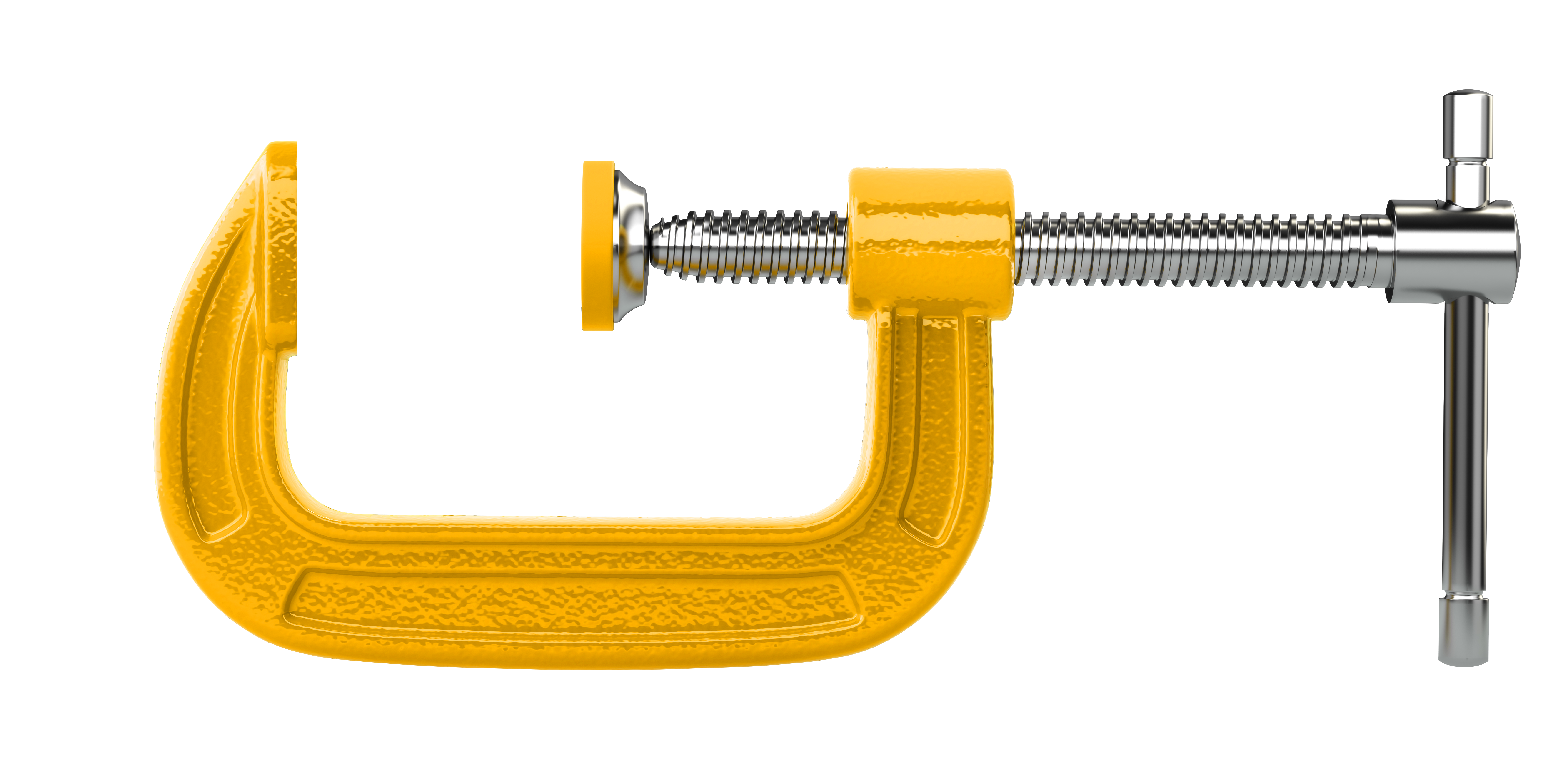Approach 13: Improved Management Techniques

R.P. Churchill, CBAP, PMP, CSPO, CSM, CSD
Approach 13: Improved Management Techniques
The Basics
How processes are managed can yield major benefits.
Agile methodologies provide benefits when properly understood and implemented. They facilitate ongoing communication and prevent groups from going off and doing their own thing only to find out the pieces don't all fit together at the end.
Major breakthroughs have been made in reliability and maintenance through the introduction of scheduled maintenance and condition-based maintenance. Modern instrumentation aids this greatly in some situations.
Just-in-time manufacturing is a management technique that doesn't change the physics or operations of the core process, but leverages information to reduce storage quantities and wait times to realize many different kinds of efficiency and cost savings.
Approach 13: Improved Management Techniques
Strengths and Weaknesses
There are an almost unlimited number of management protocols and techniques. Books and speeches have been written and delivered about all of them. This happens — usually — because someone had success with their pet theory or approach. All well and good, but be aware that translating what others did to your situation is not guaranteed to go smoothly.
Every Wikipedia article on management paradigms seems to include a section on criticisms of that particular practice. Many of those problems arise from trying to apply a few rules by rote without truly understanding the background of the practice and the inherent contexts and limitations.
Facts and Fallacies of Software Engineering, by Robert L. Glass, describes how every new technique is hailed as a giant breakthrough that will make all your dreams come true. Every such technique then turns out to be wildly oversold, but proves to be particularly helpful in some limited area and represents an incremental advance more generally. This has been going on since the beginning of the computing industry and continues to this day. The same things doubtless happen in every other industry, as well.
The way to head off these problems is to truly understand why each proposed technique was created, what specific problems it was trying to solve, and its limitations. That is, don't buy into the hype.
Approach 13: Improved Management Techniques
Clarity Uber Alles!
Having an extremely clear understanding of your processes and environment may be the best management move there is. You can only manage and improve a system if you understand it.
To that end, you should use every technique for discovery and data collection to gain that clear understanding.
Or find someone who does know how to help.
Approach 13: Improved Management Techniques
Next: Approach 14: Improvement of the Environment
Prev: Approach 12: Repair and Replace
Index
| Introduction | ||
|
|
||
| Approaches | ||
|
|
||
| Considerations | ||
|
|